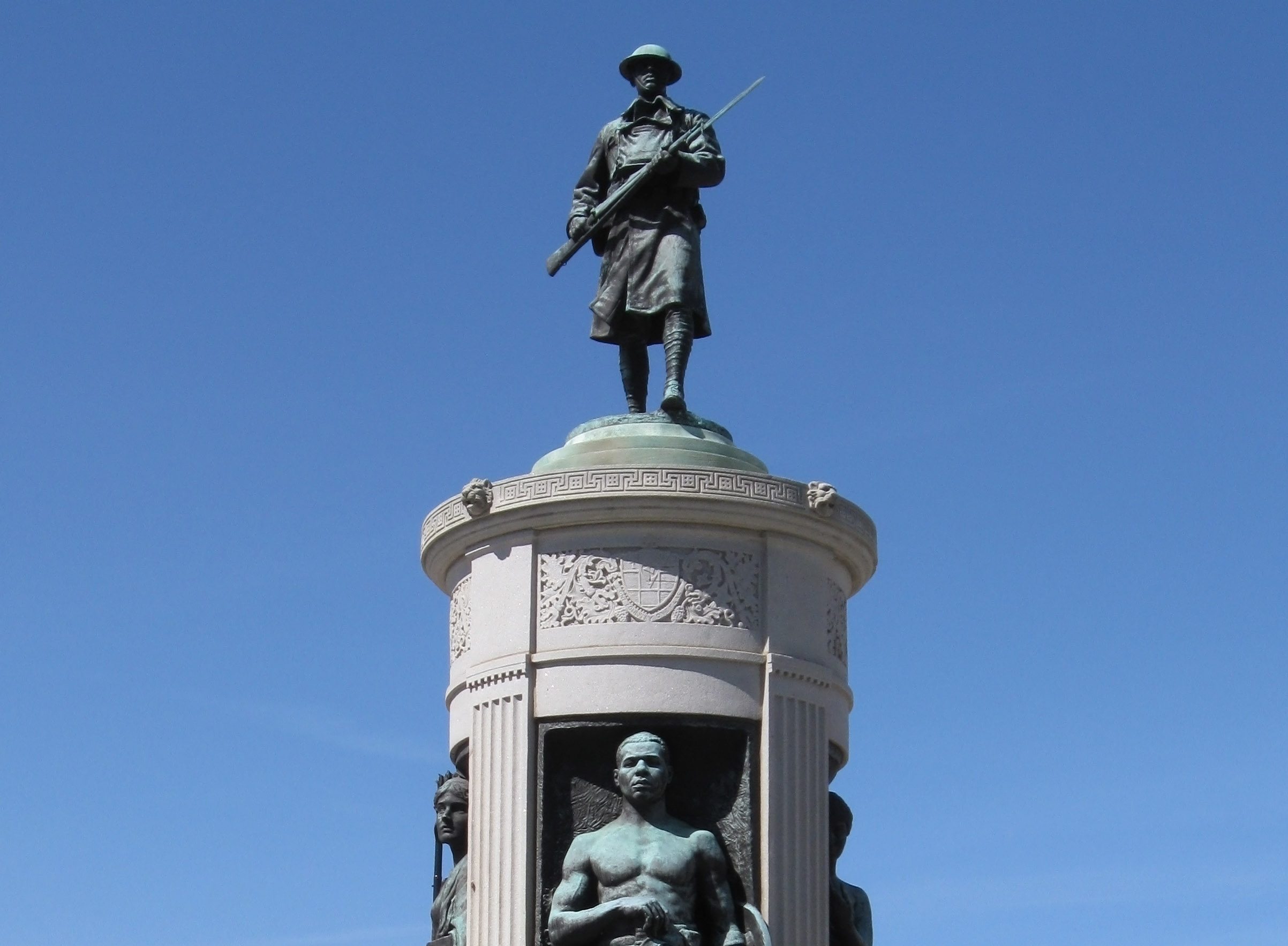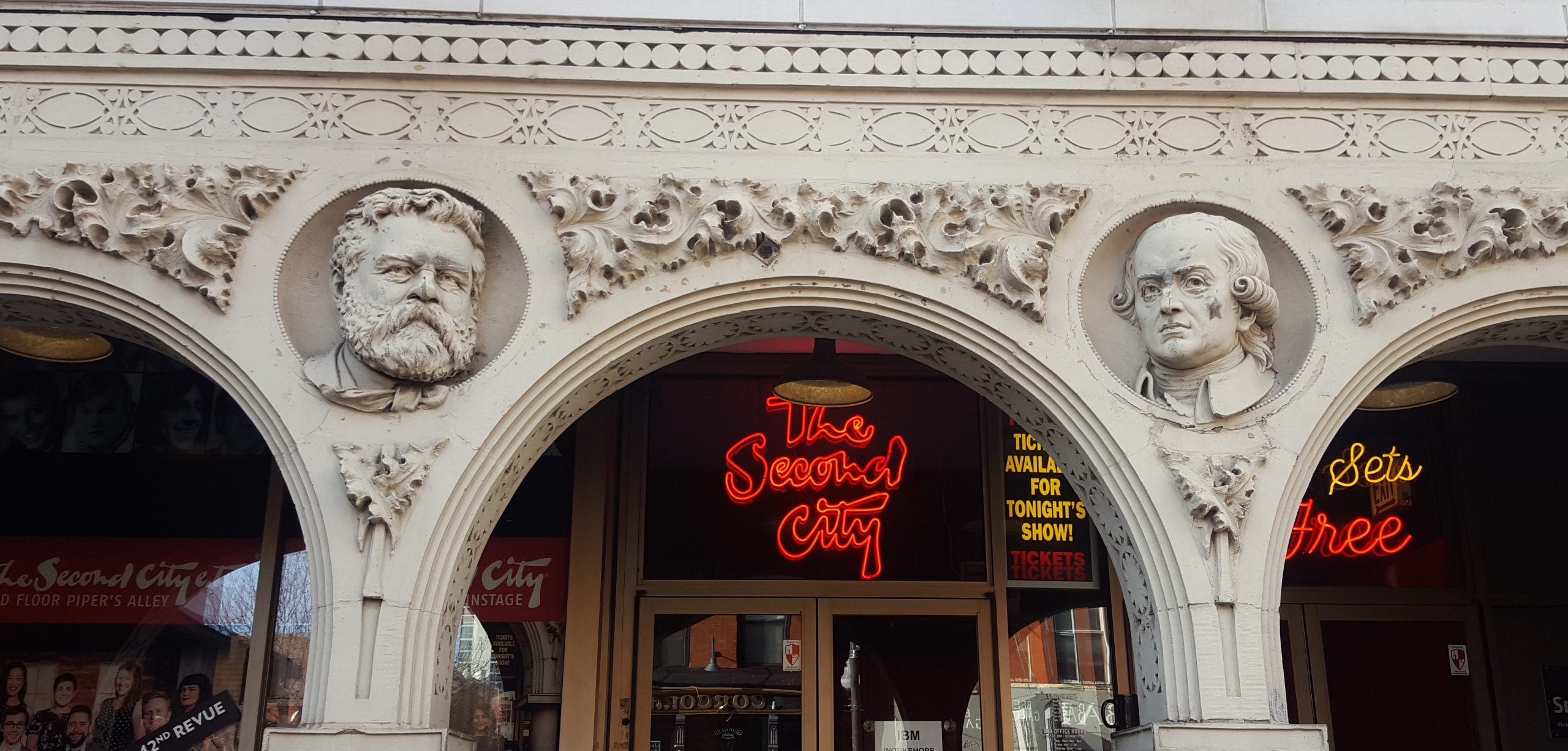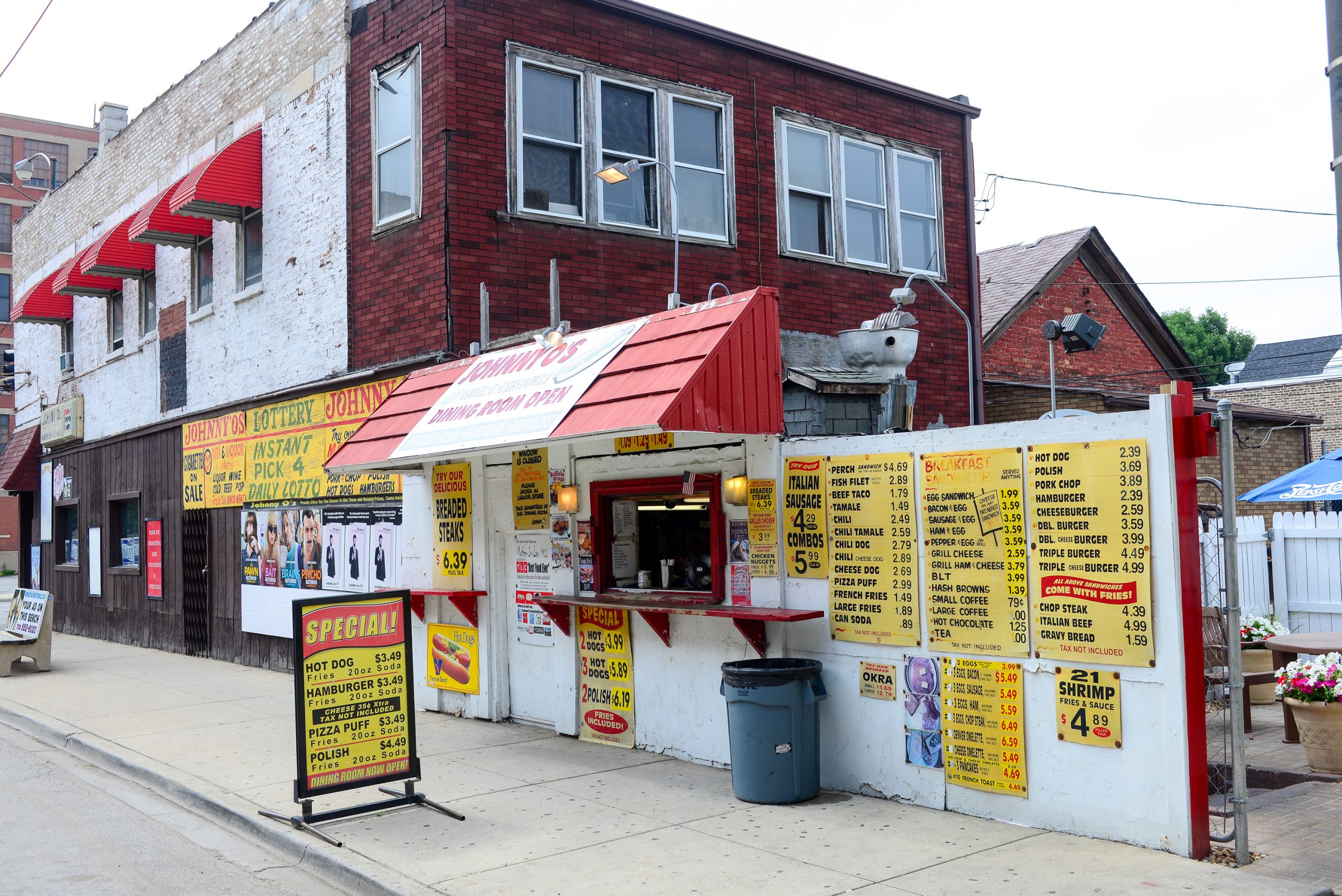Recently, a new development project in Pilsen came under fire for its name: “The Gentry.” This upset neighborhood residents, who are concerned about gentrification. The name has since been dropped due to the public outcry, but it provides an interesting glimpse at the issue of gentrification in Chicago.
Gentrification is one of those topics that I never feel fully at ease with. Every time the topic comes up, my voice quiets down. I am loathe to jump in and say anything because it’s such a dense and thorny topic. This hesitation has led to a few aborted blog posts as well.
Thing is, I don’t want to be quiet about gentrification. It’s a topic that affects everyone in Chicago, from the Calumet River to Rogers Park. It’s a historic battle as well. In the 1960s Martin Luther King, Jr. campaigned for fair housing in his “Chicago Freedom Movement.” The topic is also one that we can directly address in our private tours of Chicago neighborhoods. It’s also rich for investigation and illumination via original content creation, like documentaries.
In order to better grasp this complex and thorny topic, I decided to simply lay out some of the competing ideas and arguments about gentrification and public housing in Chicago.
We research stories from Chicago history, architecture and culture like this while developing our live virtual tours, in-person private tours, and custom content for corporate events. You can join us to experience Chicago’s stories in-person or online. We can also create custom tours and original content about this Chicago topic and countless others.
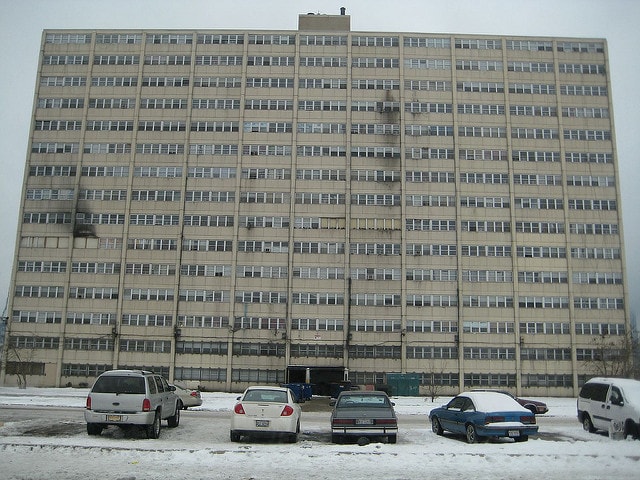
1. Projects Didn’t Work, but is “Mixed-Income” Any Better?
For decades, public housing projects were one of the defining images of urban life in the United States. Federal and municipal governments built monolithic high-rises to house the “working poor” from the 1930’s until the 70’s. Institutional racism and official neglect turned almost all of them into dilapidated wastelands of crime and poverty. The Cabrini-Green projects and Robert Taylor Homes in Chicago were two very visible examples of this.
In response to this, the US government and local housing authorities have promoted a new type of public housing for the past twenty years. Demolition has wiped out the old developments torn down and new “mixed-income” developments are the new model. These would include market-rate, discounted, and fully-subsidized units. The dream was that these “mixed-income” developments would benefit cities’ tax bases while de-concentrating poverty.
Trouble is, as this article lays out, no one seems to agree on what constitutes a “mixed-income” development. The term applies to wildly different projects. Developers call almost anything that’s not luxury a mixed-income spot, in spite of actual units built and income levels mixed. This has led to a lot of supposedly public housing going to wealthy families, while the poorest have seen their housing destroyed without replacement.
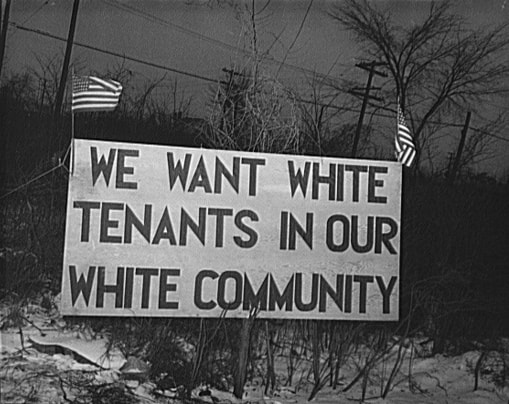
2. Is Gentrification Inherently Racist?
What an easy topic to talk about! Joking aside, this is the uncomfortable underbelly to a lot of the discussion around gentrification. Gentrification is often seen as a racially-biased process of urban renewal. The upscale changes often target neighborhoods with large minority populations for redevelopment. That redevelopment, by definition, means relocation for many who already live there. The population that then moves in is often overwhelmingly white. It’s hard not to see such a process as indicative of institutional racism.
What’s especially interesting (and confusing) about all this is the ripple effect urban gentrification has in the suburbs. Many American suburbs, including those around Chicago, saw their populations boom during the era of “White Flight.” Well outside Dixie, Midwestern suburbs like Deerfield, IL and Dearborn, MI locked out any non-white residents As seen in this article, that mentality is still a driving force in many suburbs (and upper-class urban neighborhoods) today.
These days a large influx of young whites (including yours truly) have moved from the suburbs to the city. This tide of white millennials are flooding into the city and are eyeing neighborhoods like Pilsen, Bridgeport, and Bronzeville. Amidst this in-migration, the Chicago Housing Authority has been working with the suburbs to provide affordable housing for minority residents who wish to relocate. So now white professionals are moving into neighborhoods that were once projects and those project’s former residents are moving to the formerly white-only suburbs. It’s confusing.

3. Should Public Housing be in Every Neighborhood?
Some of Chicago’s most public battles over gentrification and public housing are happening on the North Side. The most contentious right now, is the redevelopment of the Lathrop Homes in Lincoln Park.
The Chicago Tribune’s architecture critic, Blair Kamin, lays out the issues with Lathrop Homes pretty nicely in this article. The project has been fraught with slowdowns and difficulties, at least partly due to mindsets like this.
For decades, the homes were a popular (and blight-free) public housing project built and maintained by the Chicago Housing Authority. But for the past 15 years the CHA has been quietly moving residents out of Lathrup Homes in an effort to redevelop the site. In effect, the city tossed out poor residents because they wanted better tax revenues from an otherwise rich neighborhood
The current plans for Lathrup Homes’ redevelopment call for that”mixed-income” style, but it seems like no one is terribly happy with this arrangement. As of 2016, the developers are waiting on a green light for construction.
Whatever happens, the people left in the lurch are the working class residents who are still waiting on safe, affordable housing.
– Alex Bean, Content Manager and Tour Guide
ABOUT CHICAGO DETOURS
Chicago Detours is a boutique tour company passionate about connecting people to places and each other through the power of storytelling. We bring curious people to explore, learn and interact with Chicago’s history, architecture and culture through in-person private group tours, content production, and virtual tours.


